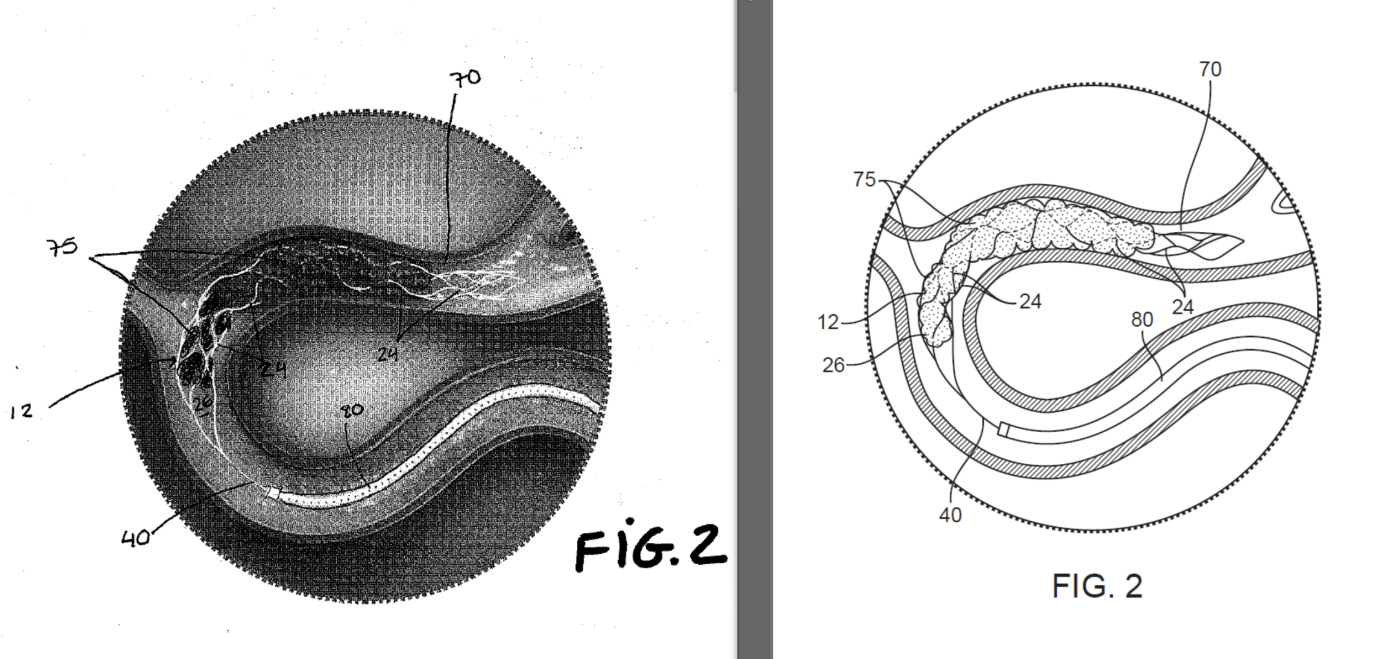Patent laws require an applicant to submit patent drawings whenever the invention can be explained visually. In general, the illustration must depict every feature of the invention described in the patent specification while meeting the drawing requirements of the concerned PTOs. Failure to comply with these requirements may result in application rejection and grant delays.
To simplify patent drawings for first-time applicants, this article discusses types of patent drawings and their role in obtaining a patent grant, list of patent drawing rules applicable to most PTOs, common challenges that lead to drawing rejections, ways to prepare PTO-compliant drawings, and more.
Types of Patent Drawings and their Role in Securing Patent Protection
Patent applicants must append drawings depending on the type of application – utility or design. For the benefit of the uninitiated, we’ve explained these drawings in detail:
Utility Patent Drawings: A utility patent protects an invention’s functionality. As a result, the drawings attached to a utility application should describe how the invention works. They should also back up the patent attorney’s claims and written description, i.e., patent specification. Here are some of the most common types of utility patent drawings:
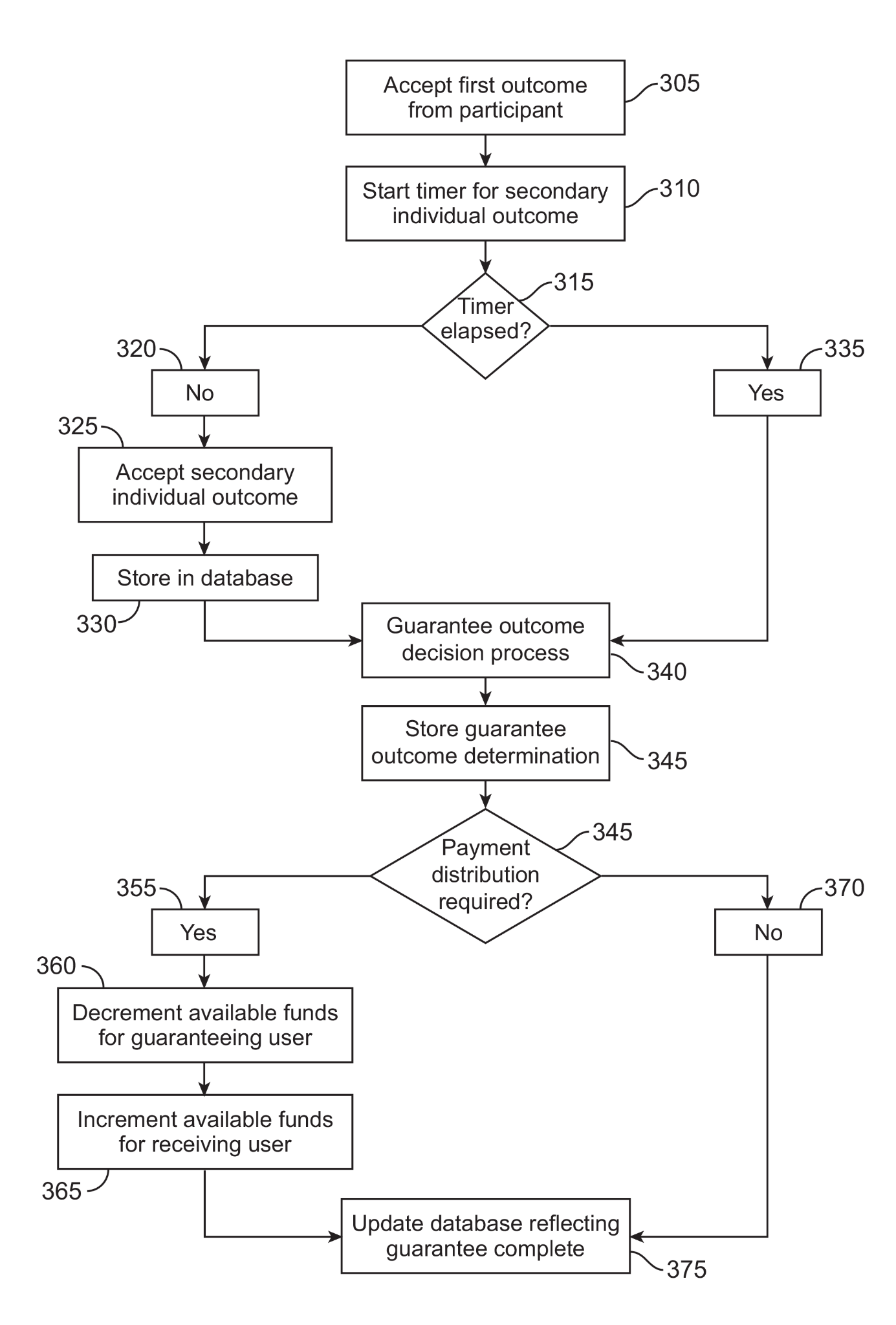
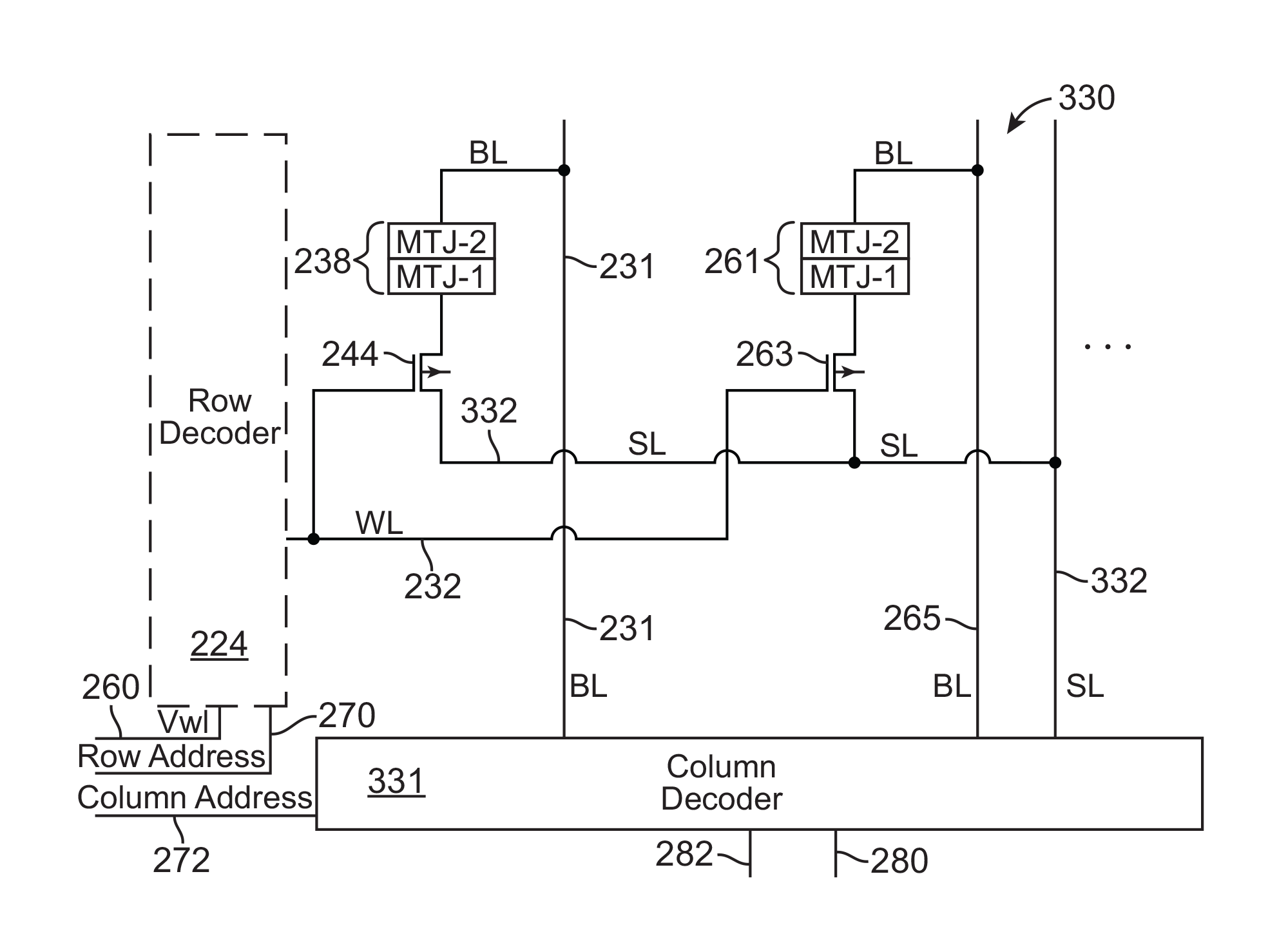
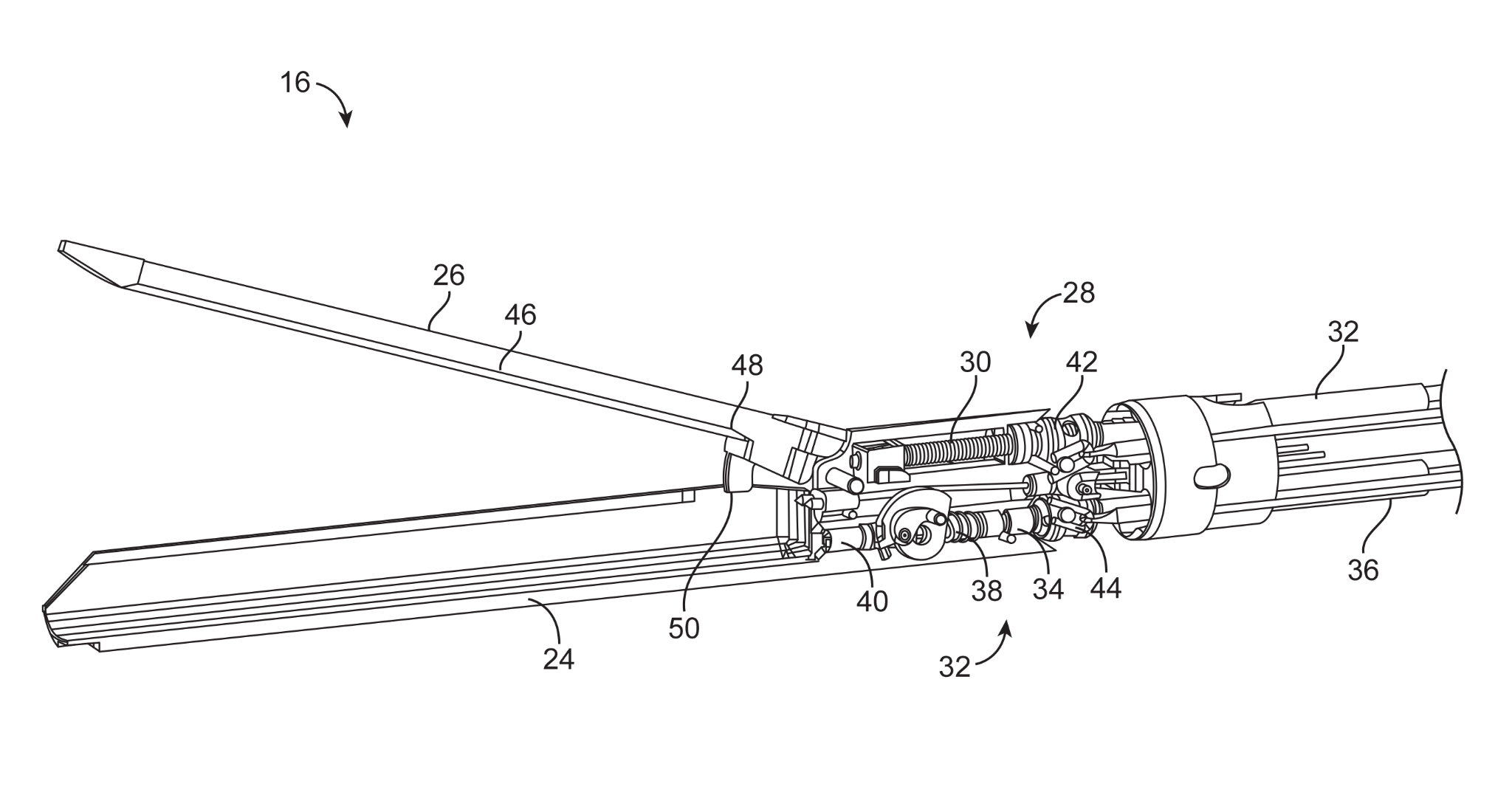
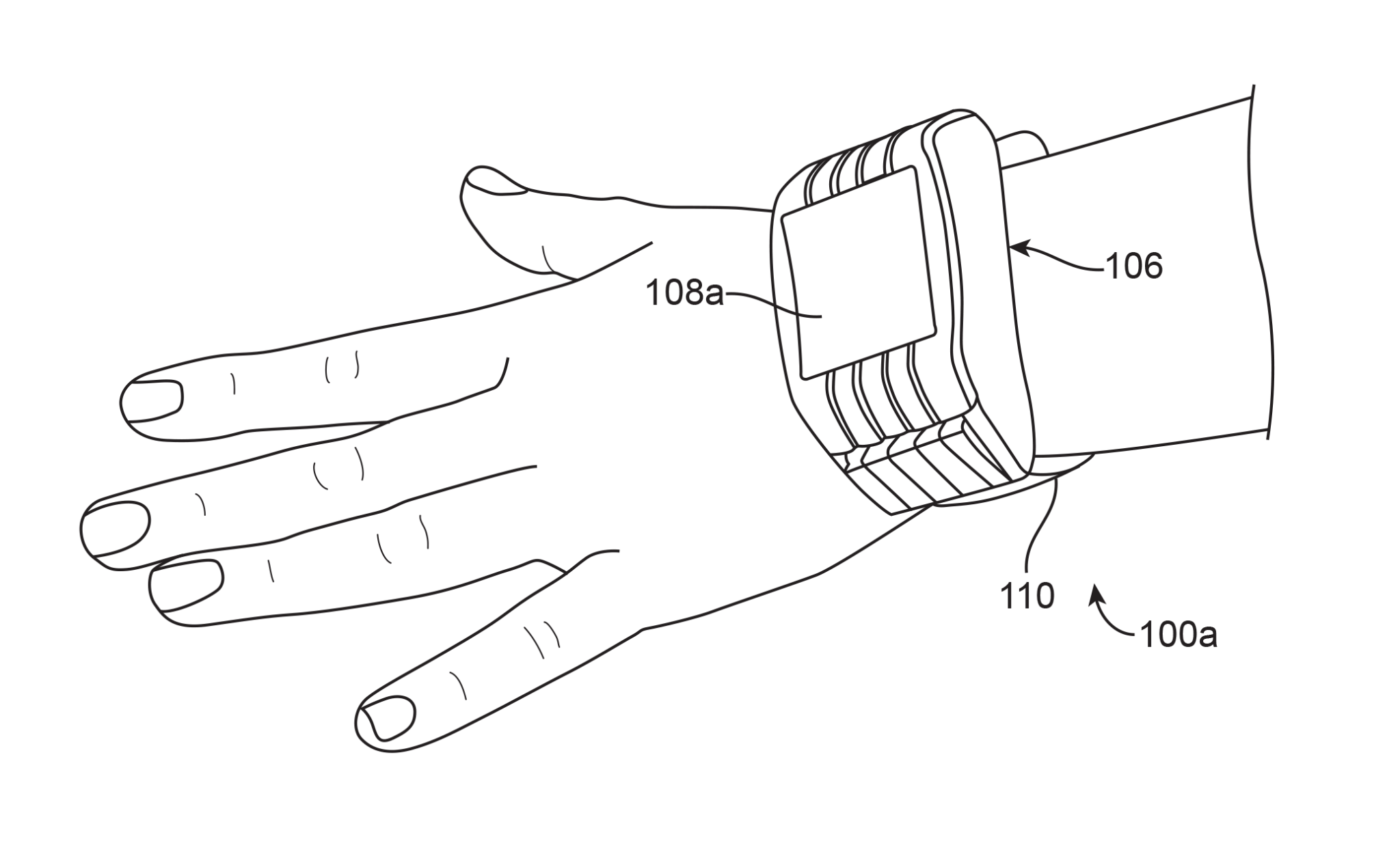
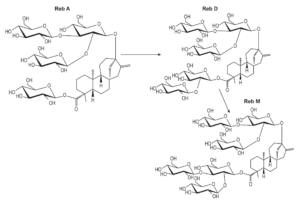
Design Patent Drawings: A design patent protects an invention’s appearance and aesthetic. And since a design application is almost entirely based on the drawings themselves, it’s critical to have them prepared by an experienced draftsman. A typical design drawing includes the following views:
- Standard views – include isometric, front, rear, left, right, top, and bottom views of the invention
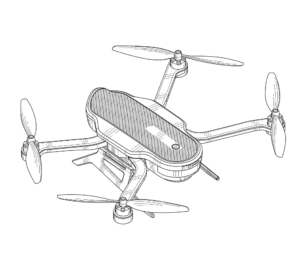
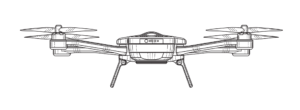

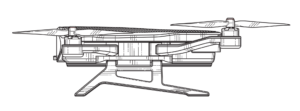
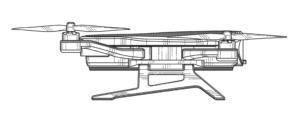


- Exploded view – shows the structural relationship between components that are too small to be shown or differentiated in a standard fixed view
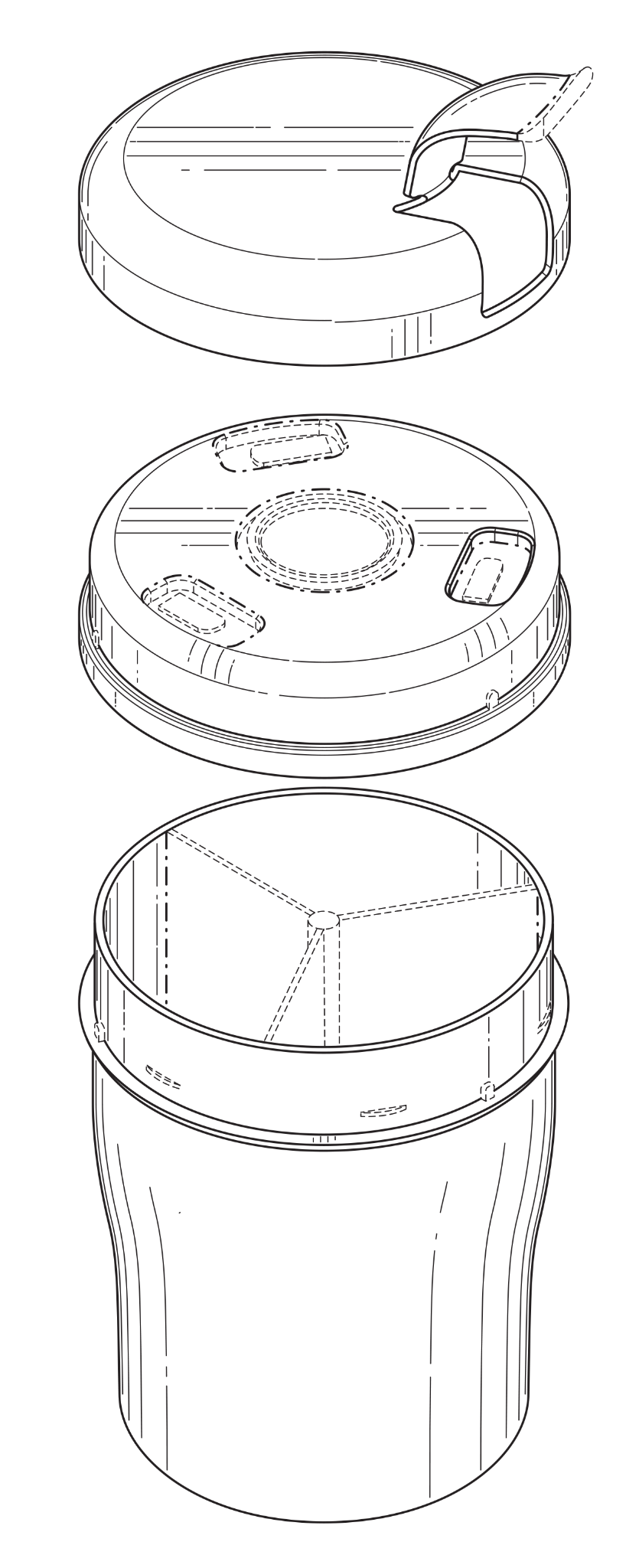
- Cross-sectional view – depicts a cut-away portion of the invention (object), revealing its hidden components
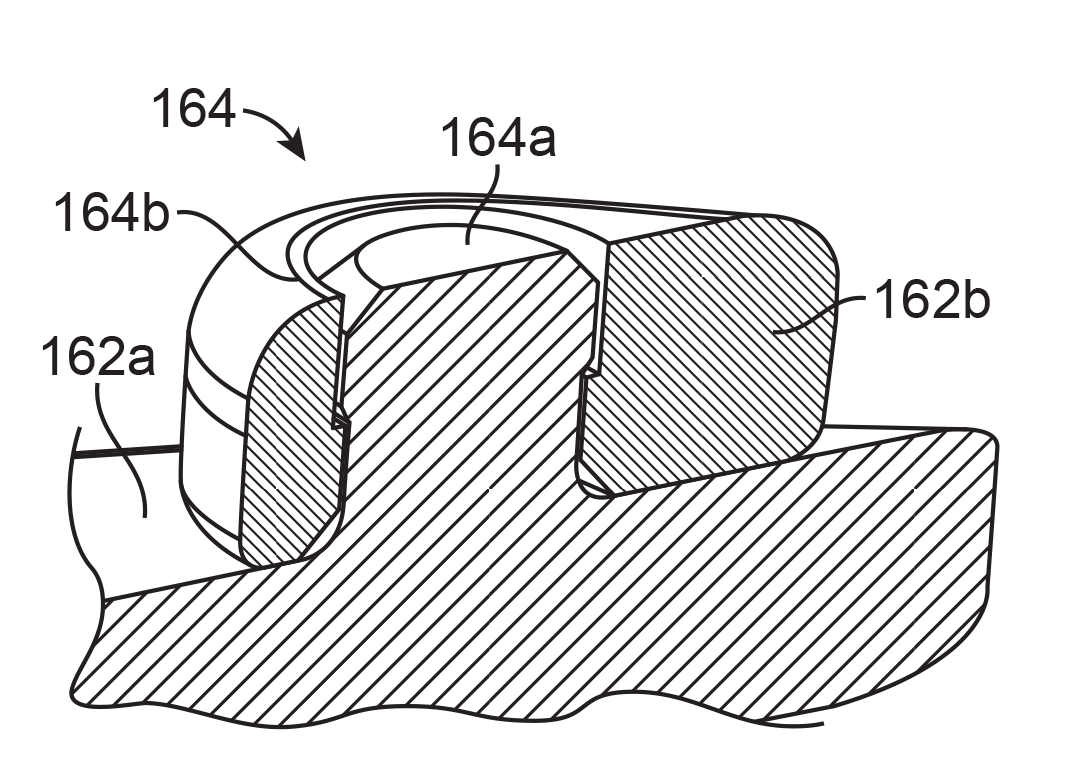
Submission of high-quality patent drawings/illustrations assists the designated patent examiner in understanding the invention and expediting the prosecution process. Before submitting the drawings, however, it’s important to know the drawing rules and requirements of the target jurisdiction. Applicants who are targeting the U.S. for patent protection can read up on the drawing requirements here, and the initial review of drawings here.
Besides patent drawings, applicants can also file trademark illustrations with the USPTO. In case you need assistance with these illustrations, you can reach out to our Illustrations team.
List of Patent Drawing Rules Applicable to Most PTOs
- Use Paper size: Letter (8.5×11 inch) or A4 (8.27×11.69 inch)
- Ensure proper Margins: Top 2.5 cm, Left 2.5 cm, Right 1.5 cm, and Bottom 1 cm
- Page number as 1 / 1 to be placed on page top and center from the margin
- Add a header “Replacement Sheet” on the top center of the margin (if needed)
- Use durable black color in the CMYK color model
- Use appropriate Text size: minimum height less than 0.32 cm (13 pt, Arial font)
- All drawings should be in line art unless it’s necessary to place them as an image
- The lines must be uniformly thick and well-defined, and distinguishable
- The line quality must not be too light, nor should the text be illegible
- The numbers, letters, and reference lines must be simple and clear
- The figures must be properly arranged and clearly separated
- The lead lines* must not be missing
*The lines that connect reference characters to the part of the drawing to which they are referring.
- The text must not be excessive or written in languages other than English
- Color drawings or photographs must not be used unless a petition for permission to use colour is filed
Common Challenges that Result in Drawing Rejections
Technical Issues: A well-prepared patent drawing helps the examiner understand the technical details explained in the description. If the drawings are not prepared carefully, technical issues may be discovered during the initial review, resulting in drawing rejection followed by an Office Action (OA). Here are some of the most common technical issues:
- The technical details of the invention explained in the specification are not properly conveyed through the filed drawings
- Drawings are missing or insufficient to support one or more claims
- The functionality of the invention is not readily apparent from the drawings provided
Drawing Inconsistencies: Inconsistencies in drawings is yet another challenge facing first-time patent filers. Below, we’ve listed some of the most common inconsistencies:
- Inconsistencies between the patent claim(s) and appended drawings
- Inconsistencies between different views of the patent drawing
- Noncompliance with drawing rules intended for filing in multiple jurisdictions
How to Prepare PTO-Compliant Patent Drawings
Given the significant role drawings play in the acceptance or rejection of patent applications; applicants must ensure the submission of error-free and PTO-compliant drawings the first time around. In the interest of time, applicants should collaborate with patent illustrators experienced in preparing high-quality drawings using a variety of illustration software packages.
MaxVal’s Illustration team is trusted by some of the world’s leading corporations and law firms in preparing PTO-compliant drawings and illustrations. Below are some high-quality sample illustrations we created to overcome the examiner’s objections.
INFORMAL FORMAL
The image on the left was rejected by the patent examiner for being extremely dark. Our illustration team helped the customer overcome the rejection by preparing a light-colored formal drawing (image on the right).
INFORMAL FORMAL
Patent drawings must be clear, with no distractions or blurriness in the background. The informal blurred drawings shared by the customer (image on the left) were converted to formal, clear drawings by our illustration team to avoid drawing rejection (image on the right).
INFORMAL FORMAL
Rough hand drawings (image on the left) are generally not accepted by the PTO due to incorrect claim representation. These rejections were overcome with clean drawings (image on the right).
Final Thoughts
By now, we have established that submitting patent drawings help in clearly depicting an invention and expediting the patent grant process. It’s, therefore, important for applicants to partner with trusted patent illustrators to prepare high-quality, PTO-acceptable drawings.
